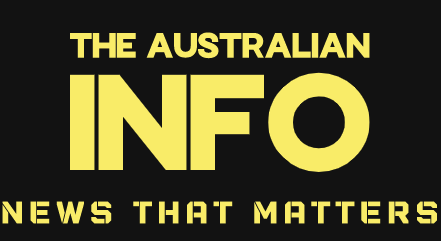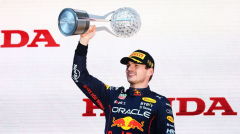As consumers shift the way they seek out information on the web thanks to AI, marketers and media agencies are beginning to rethink the role paid search plays in their media plans. With that rethinking, they’re monitoring a small set of dashboard indicators for signs that ad performance is slipping, or that their competitors are getting ahead. It’s not always a high-resolution picture.
Most marketers’ experience suggests that web traffic is likely to be down this year — but that conversion rates from web visitors that actually buy something (or take another action, such as signing up to a newsletter) are holding up. AI search visitors themselves convert at 4.4 times the rate of average organic search visitors, according to Semrush.
That’s led marketers to commission agencies like Havas, Dentsu and Kepler to overhaul their organic search approach – 57% of marketers have altered their search strategies since AI Overviews launched in 2024, per a survey by agency NP Digital – while leaving the paid media portion of their search strategy untouched. That status quo won’t hold for long.
Google is ratcheting up its deployment of AI Overviews, with the feature now appearing on 47% of search result pages, according to DemandSphere. Most of those represent the kinds of search queries brands don’t often bid against, broad research queries that imply a web user is situated higher in the sales funnel, but media buyers suspect they won’t be limited for long.
Meanwhile, usage of ChatGPT and Perplexity for search continues to climb. ChatGPT’s active user base reached 400 million at the start of this year while Perplexity added 2 million active users to reach 22 million total between October and the first half of 2025, per Business of Apps. Perplexity is currently toying with its ad product, while ChatGPT is expected to launch its own in the near future.
Dashboard lights
With those silhouettes on the horizon, media buyers are keeping a close eye on a range of indicators.
“I’ve never looked at referral traffic so much in my life,” said Eric Hoover, SEO director at Kepler. He noted referrals have taken on an outsized importance as a key indicator that web visitors are arriving from an AI-generated summary.
The volume, prominence and tone of citations in AI summaries are worth watching, too. “The new ranking signal is the number of citations … it’s a really strong signal of good brand presence,” Hoover explained.
Search practitioners are also keeping a close eye on the cost-per-click (CPC) rates of Google’s search ad inventory. CPCs increased 9% during the second quarter of the year, according to Tinuiti. The metric reflects changing supply and demand dynamics – some of which are due to AI search user behavior, and some to Google’s own tinkering with the landscape of search results pages.





